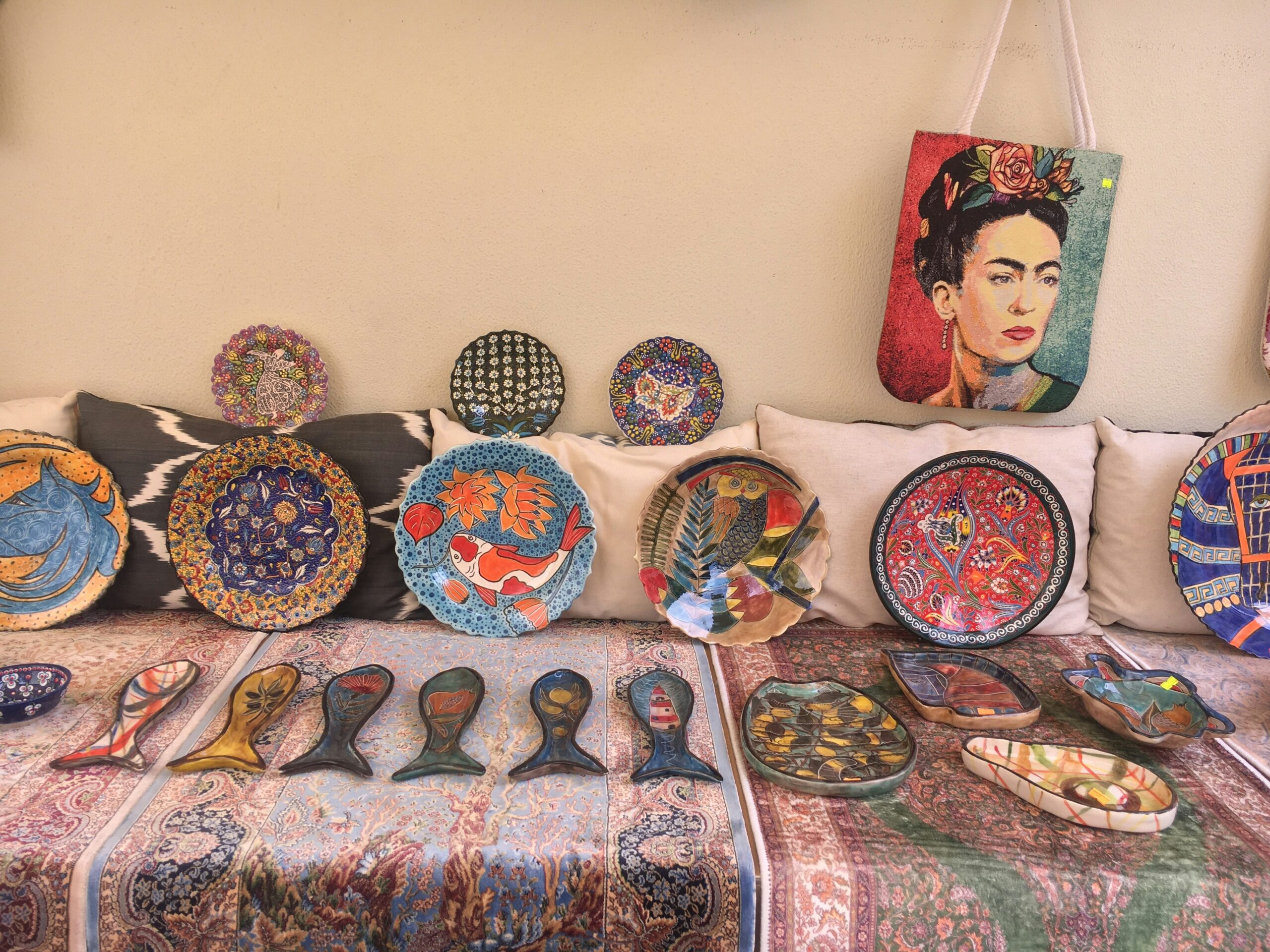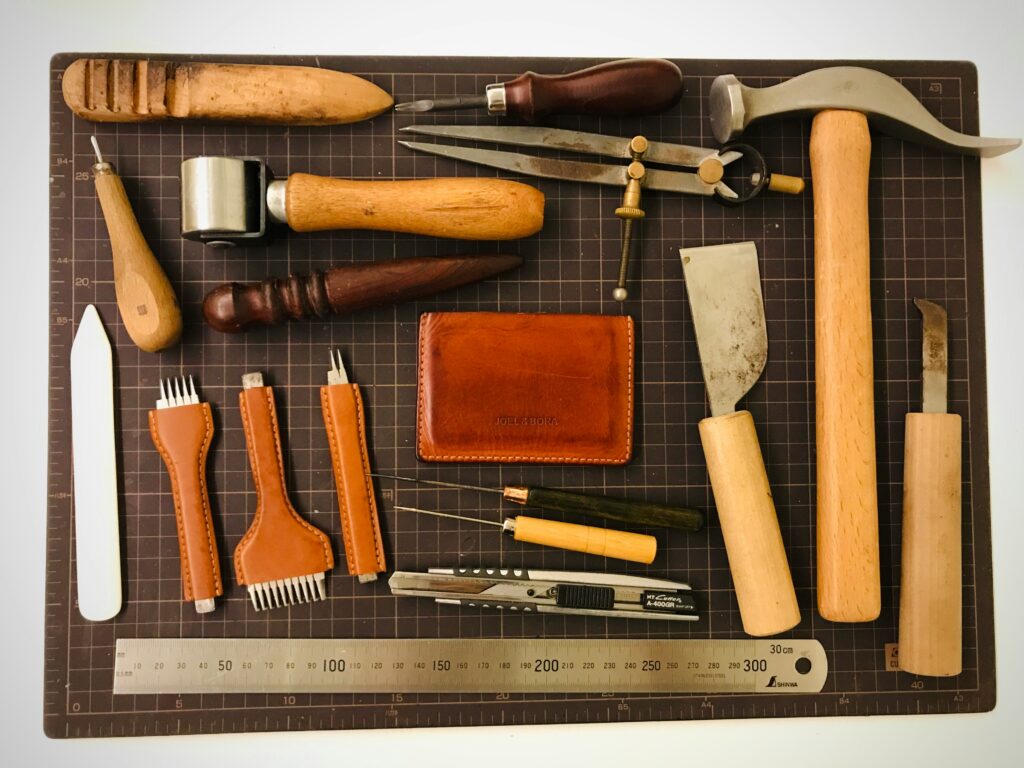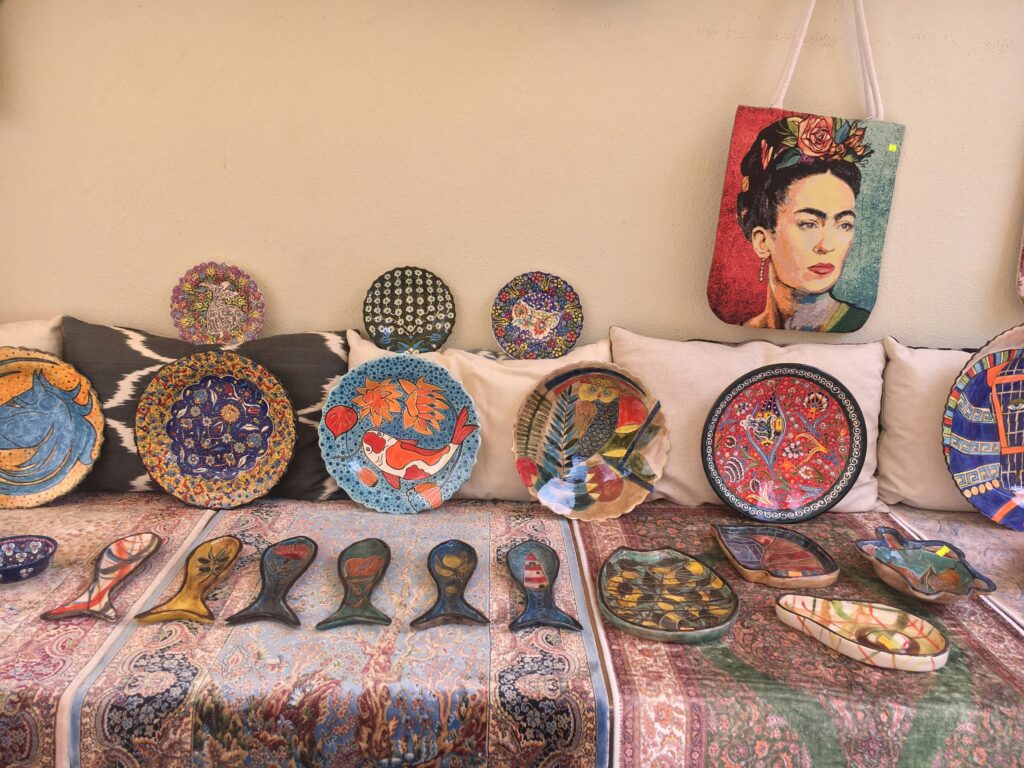
How to start your own handcrafted business
Turning your passion for crafting into a business can be an exciting and fulfilling journey. Whether you’re knitting scarves, making jewellery, or designing home décor, there’s something truly rewarding about transforming your creative hobby into a profitable venture. However, starting a handcrafted business comes with its own set of challenges, from defining your niche to managing your finances. With the right approach, though, you can build a brand that not only allows you to make money doing what you love but also connects you with a community of like-minded customers who appreciate your craftsmanship.
In this article, we’ll walk you through the key steps to starting your own handcrafted business and provide practical advice on how to turn your passion into a thriving business:
- Turning your craft into a business
- Identifying your niche and target market
- Setting up an online presence and selling platforms
- Pricing, marketing, and managing your business
- Be patient and stay committed
Turning your craft into a business
The idea of turning your craft into a business is exciting, but it’s also a big leap from making things for fun or as gifts to making them for profit. The beauty of a handcrafted business is that you can bring your unique creations to the world and connect with customers who value the time, skill, and creativity that goes into each item.
Whether you’re crafting at home or thinking about setting up a studio, the first step is recognising that you’re offering more than just products – you’re offering a piece of your heart and soul.
“Whenever you see a successful business, someone once made a courageous decision.” – Peter Drucker
That said, it’s important to approach the business side of things with a clear plan. While crafting is all about creativity and expression, running a business requires organisation, discipline, and strategy. The good news is, with the right tools and mindset, you can build a business that not only makes money but also brings you joy.

Identifying your niche and target market
One of the first things you’ll need to do when starting your handcrafted business is identifying your niche and target market. The world of handmade goods is vast, and with so many talented artisans out there, it’s crucial to define what makes your products unique. Whether you specialise in intricate jewellery, eco-friendly home décor, or hand-sewn clothing, finding a niche within the market will help you stand out and attract your ideal customers.
Start by reflecting on what you love making the most and what makes your products unique. Are you particularly passionate about sustainable crafting? Do you have a special technique that sets your work apart? Understanding your passion will help you define your niche and position yourself within the market. For example, if you’re a jewellery maker, you might focus on vintage-inspired pieces or custom-designed wedding rings. If you’re into knitting, maybe your niche could be luxury scarves or sustainable, handmade sweaters.
Once you’ve defined your niche, think about who your target audience is. Are you creating high-end, luxury products for a sophisticated crowd, or do you aim to provide affordable, everyday items? Understanding your audience will guide your marketing efforts and product offerings. Researching competitors and identifying gaps in the market can also help you see where your unique creations can fit.
Setting up an online presence and selling platforms
In today’s digital age, having an online presence is essential for any business, especially when it comes to selling handcrafted goods. The internet offers a wealth of platforms where you can showcase and sell your creations. Popular platforms like Etsy and Shopify are perfect for beginners, as they offer user-friendly setups and large customer bases already interested in handmade products.
Etsy is especially well-known for handmade and vintage goods, making it a great place to start if you’re new to selling. The platform allows you to set up a store with minimal upfront costs, and it has an active community of buyers who are looking specifically for unique, handcrafted items. You can easily manage listings, track orders, and communicate with customers.
Shopify, on the other hand, allows you to build your own branded store, offering more customisation and control over your business. While it requires a monthly subscription, it’s an excellent platform for those looking to expand their business beyond marketplaces like Etsy.
In addition to these platforms, social media is an invaluable tool for marketing your handcrafted business. Platforms like Instagram and Pinterest are visually driven, making them perfect for showcasing your creations. Regularly posting high-quality photos of your products, behind-the-scenes shots, and process videos can engage your audience and attract new customers. You can also use social media to run promotions, host giveaways, and build a loyal following.

Pricing, marketing, and managing your business
One of the trickiest parts of starting a handcrafted business is determining the right price for your products. Pricing can be a delicate balance – you want to ensure that you’re compensating yourself fairly for your time and materials, but you also need to consider what your target market is willing to pay.
To price your products effectively, start by calculating the cost of materials and any overhead expenses (such as shipping, packaging, or website hosting fees). Then, consider the time you spend on each item. For example, if it takes you three hours to make a piece of jewellery, calculate your hourly wage and factor that into the price. Don’t forget to include a profit margin to ensure your business is sustainable.
In terms of marketing, be consistent in promoting your products and telling your story. Share why you started your business, what inspires your creations, and how you ensure quality in every product. Customers often connect with the story behind the product, and this personal touch can make a significant difference in their purchasing decisions. You can also explore email marketing to keep customers updated on new products, special promotions, and sales.
💡 Starting a business means you're taking on capacities of both the creator and the marketer. Plus, you become your own sales advocate, book keeper and photographer. That might sound like a lot but it's worth it - don't let that discourage you!
Managing a business also involves keeping track of finances, inventory, and customer orders. As your business grows, consider investing in accounting software or using an online bookkeeping service to help manage your finances and ensure everything stays organised. Keeping track of inventory will also prevent you from running out of stock or over-committing to orders.
Be patient and stay committed
Starting a handcrafted business is an exciting journey, but it’s also one that requires patience and dedication. You might face challenges along the way – slow sales, unexpected costs, or difficult customers – but the key is to stay committed to your passion and keep learning as you go. Every mistake is an opportunity to improve, and every success is a chance to celebrate how far you’ve come.
Let’s recap:
- It can be a big step going from making things to making things for profit
- Get started by identifying your market niche
- If you can, conduct analyses regarding profitability, market value, and competitors
- Make sure you find your USP, your unique selling point: What makes your products unique? Why should someone purchase them? And what makes you special compared to others?
- Explore Etsy, Shopify solutions and Vinted as points of sale
- Make sure you calculate your prices, considering the hours of work you put into them and also raw materials and tools
- Develop storytelling for your brand and products
- Make sure the look and feel of your products is seamless and customers have a seamless brand experience
- Last but not least: Research your local requirements regarding book keeping and if needed, hire help in the form of a tax consultant or accountant
With time, your skills will improve, your customer base will grow, and you’ll learn more about what works for your business. Stick with it, and continue producing high-quality products that reflect your creativity and craftsmanship. The world of handcrafted goods is full of opportunities, and with hard work, you can turn your passion into a thriving business.


